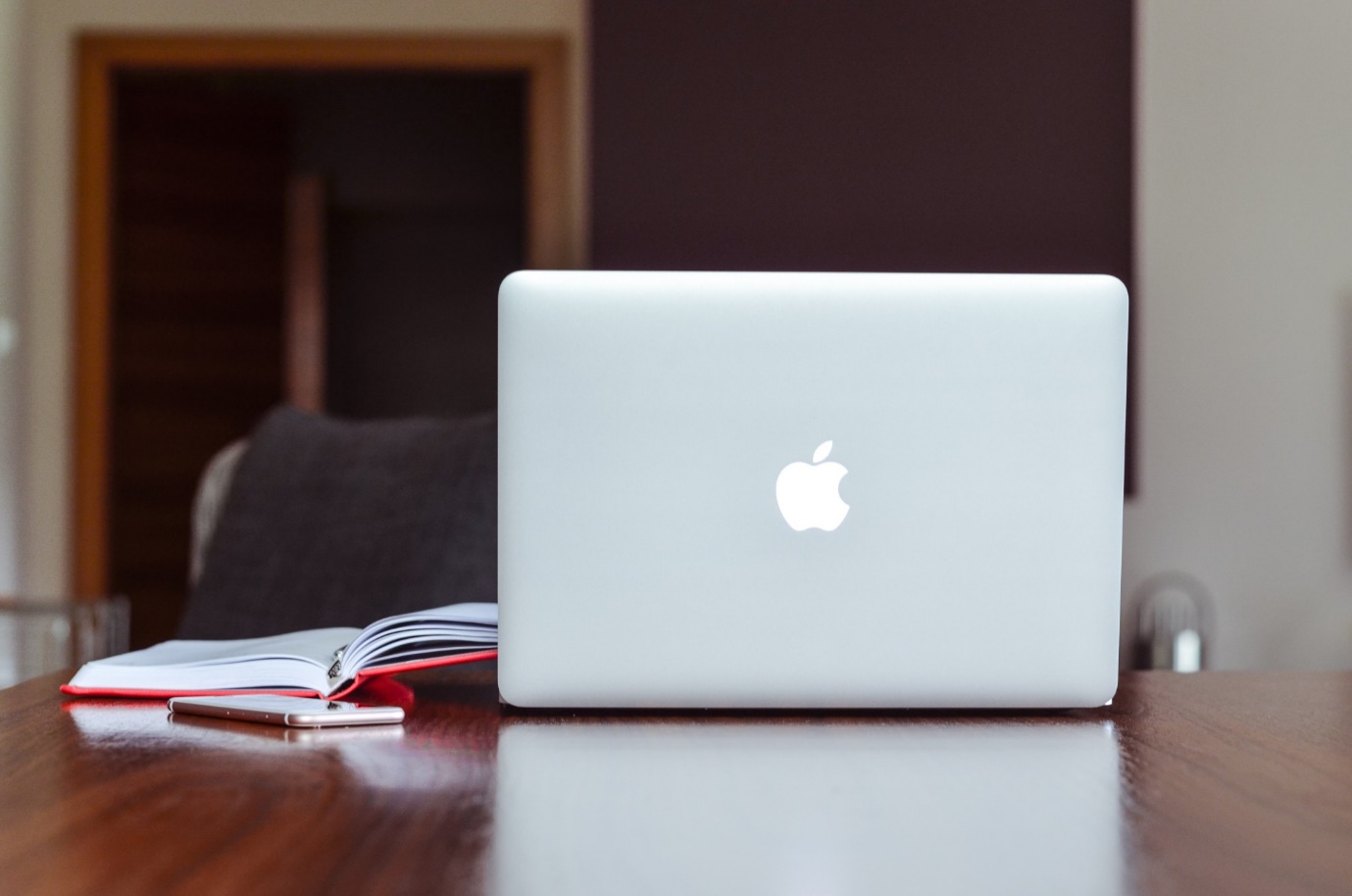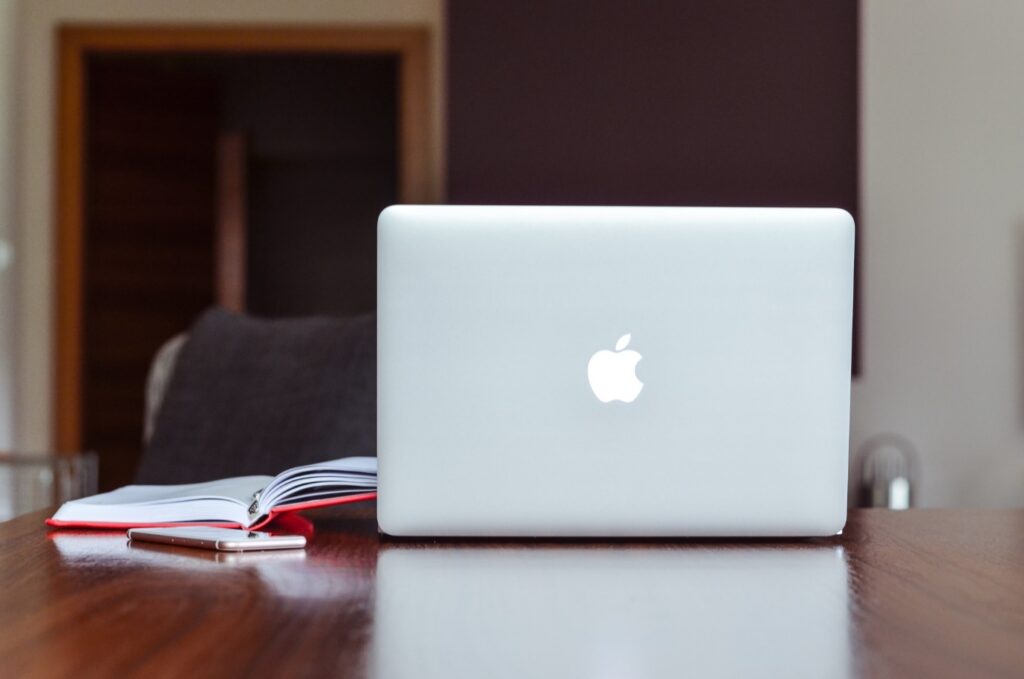Are you struggling to get your Mac to load quickly? If you want to learn how to speed up Mac, we’ve got seven tips to help you out! Click for more.

Mac computers are truly great machines. Whether it’s a Mac desktop, a Macbook Pro, or the brand new Macbook Air, these are fast and productive machines.
But, at times they aren’t always as fast as we would like them to be. Though Macs are known for their reliability, they do, at times, slow down at the most inconvenient times.
So what do we do about this? How do we speed up Mac computers? We’ve put together this guide to help you out.
1. Upgrade RAM
The first step is to consider a Mac memory upgrade. If you upgrade your Mac’s RAM then it may automatically speed up your Mac and your applications.
This usually is needed if you have had your Mac for a couple of years. It’s unlikely that you’ll need to upgrade your RAM on a brand new Mac computer.
We suggest going to a Genius Bar or to another Mac expert so that they can install the new RAM for you. You want to upgrade to a higher gigabyte RAM – so if you have 8 GB RAM, upgrade to 16 GB.
An expert can also diagnose your Mac computer to see if upgrading RAM is indeed the best option you should take.
2. Startup Items
If there are applications of yours that load upon starting up your Mac, it will greatly slow the Mac down. You need your Mac to launch quickly – and it’s the startup items that are holding it back.
In fact, when you manually open your startup items, they will load much faster because your Mac will have launched faster. And it’s very easy to remedy this issue.
Go to your System Preferences > Users & Groups and then click on your Account Name.
Next, click on Login Items and select the programs you don’t need to use when your Mac launches. Click the “-” button to disable its automatic launch. The more startup items that are disabled, the faster your Mac will launch, and the faster it will run.
3. Visual Effects
The visual effects that your Mac has may make it more animated, but it is greatly slowing down its speed.
The best way to do this is to go to your Dock’s preferences in System Preferences. Then, go to the drop-down list next to Minimize Windows using: and choose ‘Scale effect’ instead of ‘Genie effect.’
You should also uncheck the following boxes: 1) Animate opening applications 2) Automatically hide and 3) Show the Dock
These simple steps can greatly increase your Mac’s speed.
4. Reindex Spotlight
At times, you’ll notice how slowly Spotlight indexes your searches. This slowness then slows down the other functions on your Mac. This is especially common when you upgrade to a new operating system.
It will take a few hours to reindex Spotlight so make sure your Mac is connected to a power source and that you do not overburden your Mac by working on too many tasks. You may wish to do this overnight if you are constantly on your Mac.
Go to the System Preferences, choose Spotlight, and then click on the Privacy tab.
Next, click and drag your hard drive icon from the Finder and drop it into the Privacy list. Once added, highlight it and click on the “-” sign at the bottom to remove it. The indexing will begin and after a few hours, your Mac speed should be up to par once again.
5. Clean Your Desktop
If you’re like most of us, your Desktop is cluttered with files. While this may be commonplace among Mac users, it’s one of the biggest issues that slow down our Macs.
You should delete as many files as you can. Or you should organize them into folders and move them elsewhere onto your computer. The more free your desktop is of clutter, the faster your Mac will launch.
6. Empty Your Cache
Cache files not only slow down your internet speeds but can drastically slow down your Mac as well. As these files accumulate over time, we tend not to notice how they slow things down.
Emptying your cache is simple. Open the web browser(s) that you use. By clicking on the name of the web browser in the menu bar, you will likely have an option to clear the cache and other web data.
Another option (particularly useful if you use multiple web browsers), is to download the free app called CleanMyMac X. Once you launch this app, navigate to System Junk. All you have to do is click Scan and Clean and your cache will be emptied within a matter of minutes!
7. Clean up Your Hard Drive
It should come as no surprise that one of the main reasons your Mac is slow is because you have way too many files!
You should always perform a routine clean up of your hard drive. Take a look and see if you have any unnecessary files or data. If there are any applications that you never use, you should delete them.
If you are unlikely to listen to a podcast episode again – delete it. You can always stream it online. If you no longer need to refer to that screenshot of a piece of text on a web page, delete it!
You should also consider using external hard drives and backing up your files on a cloud service such as iCloud, Google Drive, and Dropbox.
You always want your Mac to have as much hard drive space as possible. The more it has, the faster it will run.
You can go to the Apple Icon in the menu bar, click on ‘About This Mac’ and click on ‘Storage.’ You will see what type of files are taking up the most space on your Mac. This will help you determine what to clean up.
Your Guide on How to Speed Up Mac Computers
Now that you know the best way to speed up Mac computers, you’ll be able to enjoy your Mac a lot more! Follow these steps regularly and you’ll never have to worry about a slow Mac again!
Be sure to read more great content on technology, lifestyle, shopping, and much more!

